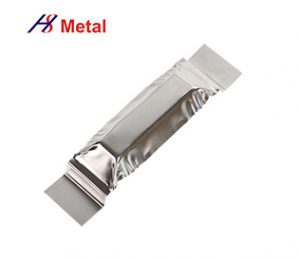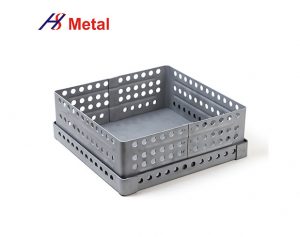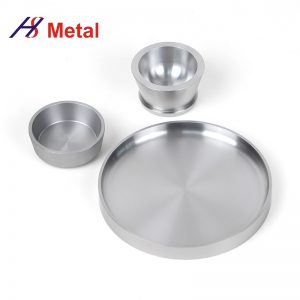The thermal vacuum evaporation process (resistance evaporation) is a coating method and is one of the PVD (Physical Vapor Deposition) processes. The material for the final layer is heated inside a vacuum chamber until it evaporates.
During the vacuum evaporation process, durable layers are produced from aluminum, silver, chromium, titanium nitride, or silica, for example. The result is sparkling watches, flawless mirrors, and high-quality electronic components. Also impressive are the long service life and high dimensional accuracy.
Our standard product range
We produce evaporation boats made of molybdenum, tungsten, and tantalum for your application:
Tungsten evaporation boats
Tungsten is highly corrosion-resistant compared with many molten metals and, with the highest melting point of all metals, is extremely heat-resistant. We make the material even more corrosion-resistant and dimensionally stable by means of special dopants such as potassium silicate.
Molybdenum evaporation boats
Molybdenum is a particularly stable metal and is also suitable for high temperatures. Doped with lanthanum oxide (ML), molybdenum is even more ductile and corrosion-resistant. We add yttrium oxide (MY) to improve the mechanical workability of molybdenum
Tantalum evaporation boats
Tantalum has a very low vapor pressure and a low evaporation speed. What is most impressive about this material, however, is its high corrosion resistance.




